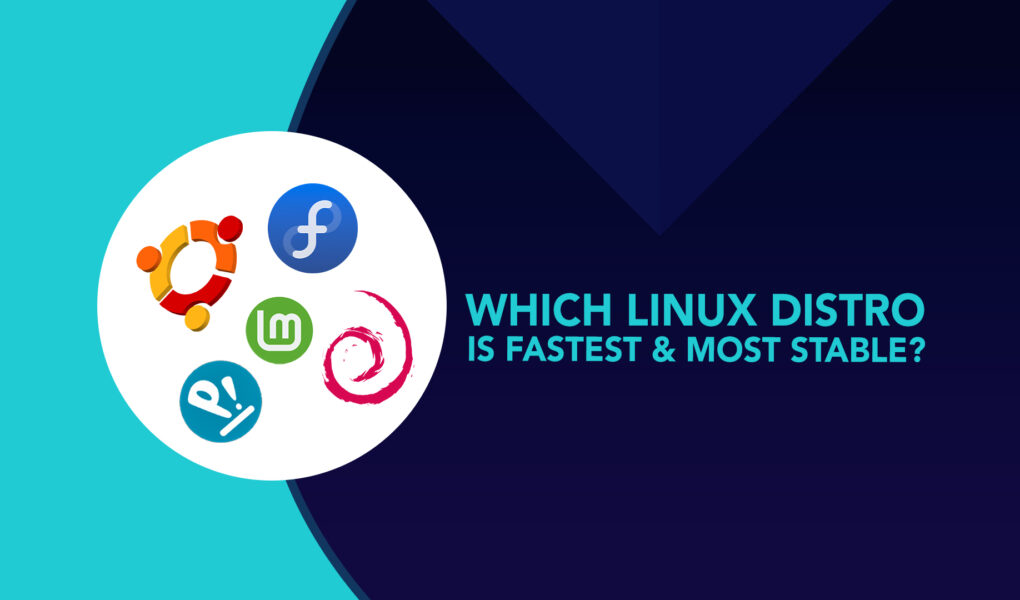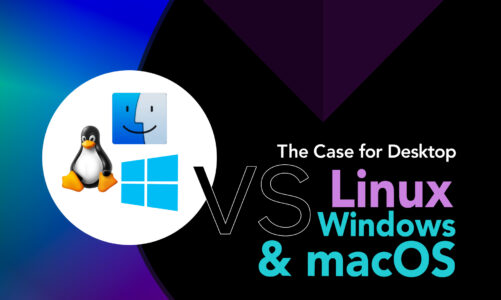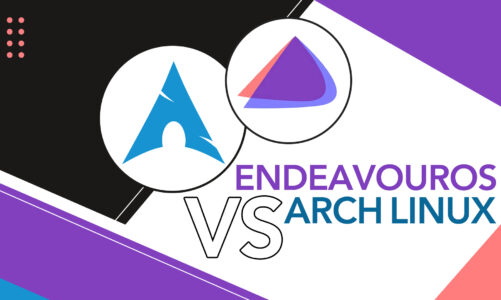As a Linux user, you want a distro that not only performs well but also offers stability and speed. You opt for the popular names but turns out they aren’t stable or not performing up to the marked speed. Well, you won’t have to search for it anymore as this article brings you a comprehensive overview of which Linux distro is the fastest and most stable. Not only this, but we bring you a list of top contenders and you may choose any of them. So, let’s see which one we are starting with.
1: Fedora
Fedora, developed by Red Hat Inc., is a stable Linux distribution that provides cutting-edge features, making it a favorite of open-source lovers and developers alike. Its well-documented and regularly updated software repository ensures easy installation and setup, while its community of users and developers provides helpful support.
Fedora comes with DevAssistant for easy development environment setup and publishing, making it a top choice for those seeking a fast, stable, and feature-rich Linux distribution.
2: Debian Linux
Debian Linux stands out as the most stable Linux distribution, offering user-friendliness, lightweight, and compatibility with various environments. Its longer development cycle allows for rigorous testing and efficient bug fixing, while the self-updating software eliminates the need for maintenance. The official archive offers modern and cutting-edge programming packages, and the package manager, Apt, efficiently handles dependency issues.
3: Ubuntu
Ubuntu is a well-established Linux distribution that is easy for Debian beginners to use and is often pre-installed on laptops. It has its own repositories and features that are regularly synced with Debian’s repositories. With an abundance of applications like LibreOffice, Ubuntu makes creating presentations and documents easy.
The user interface is customizable and user-friendly, and the platform is secure. It is a versatile operating system that allows you to choose from several desktop environments and personalize it to your liking. This makes it an ideal option for both novice and advanced users.
4: Arch Linux
Arch Linux is a highly personalized operating system that comes with a bare-bone base, allowing users to pick and choose the required components without any bloat programs. Although the installation process is difficult, it is well-documented and easily repairable.
The authorized software repository for this system offers the latest and most advanced software packages, and the system requires no maintenance, as it has a self-managing software update feature. The package manager, Pacman, adeptly manages any problems with software dependencies or orphaned packages.
5: Linux Mint
Linux Mint is a widely-used, community-centric open-source Linux distribution based on Debian and Ubuntu. It offers an easy-to-use interface, full support for interactive multimedia, and comes with basic software such as LibreOffice, Thunderbird, HexChat, and Pidgin.
Its package manager allows users to download and install additional software like Transmission and VLC media player. Linux Mint is also known for its simple installation process, making it an attractive choice for newbies.
6: OpenSUSE
OpenSUSE is a stable and user-friendly Linux distribution with the purpose to provide easily accessible open-source tools in a collaborative environment focused on delivering the most stable release possible. OpenSUSE is known for supporting a wide range of graphic cards and offering various desktop environments options such as GNOME, KDE, Cinnamon, LXDE, Xfce, and Openbox. Backed by a supportive community, OpenSUSE is an excellent choice for those looking for a reliable and customizable Linux distro.
7: Elementary OS
Elementary OS is an Ubuntu-based Linux distribution known for its simple yet effective user interface, powered by Pantheon. It offers features such as multitasking view, picture-in-picture, and do not disturb mode to help users stay focused. The distro incorporates a pay-what-you-can payment model, allowing users to donate any amount to the developers. However, it has limited environment flexibility and customization options.
8: Zorin OS
Zorin OS is an Ubuntu-based Linux distribution that is user-friendly and offers Windows compatibility through Wine and PlayOnLinux. Its desktop environment includes GNOME 3 and Avant Window Navigator, and it provides a variety of layout options that are similar to Windows and macOS. The operating system’s standout feature is Zorin Connect, which integrates the functionality of an Android device with a Zorin OS machine, allowing for easy file sharing and notification viewing.
Conclusion
Analyzing the performance and stability of various Linux distributions, it’s clear that there is no clear winner. Each distribution has its own strengths and weaknesses, making it difficult to declare one as the fastest and most stable. However, the good news is that with the wide range of options discussed above, you can find a distribution that meets your specific requirements and provides a balance of speed and stability. The Linux distros mentioned above are all considered among the fastest and most stable.



